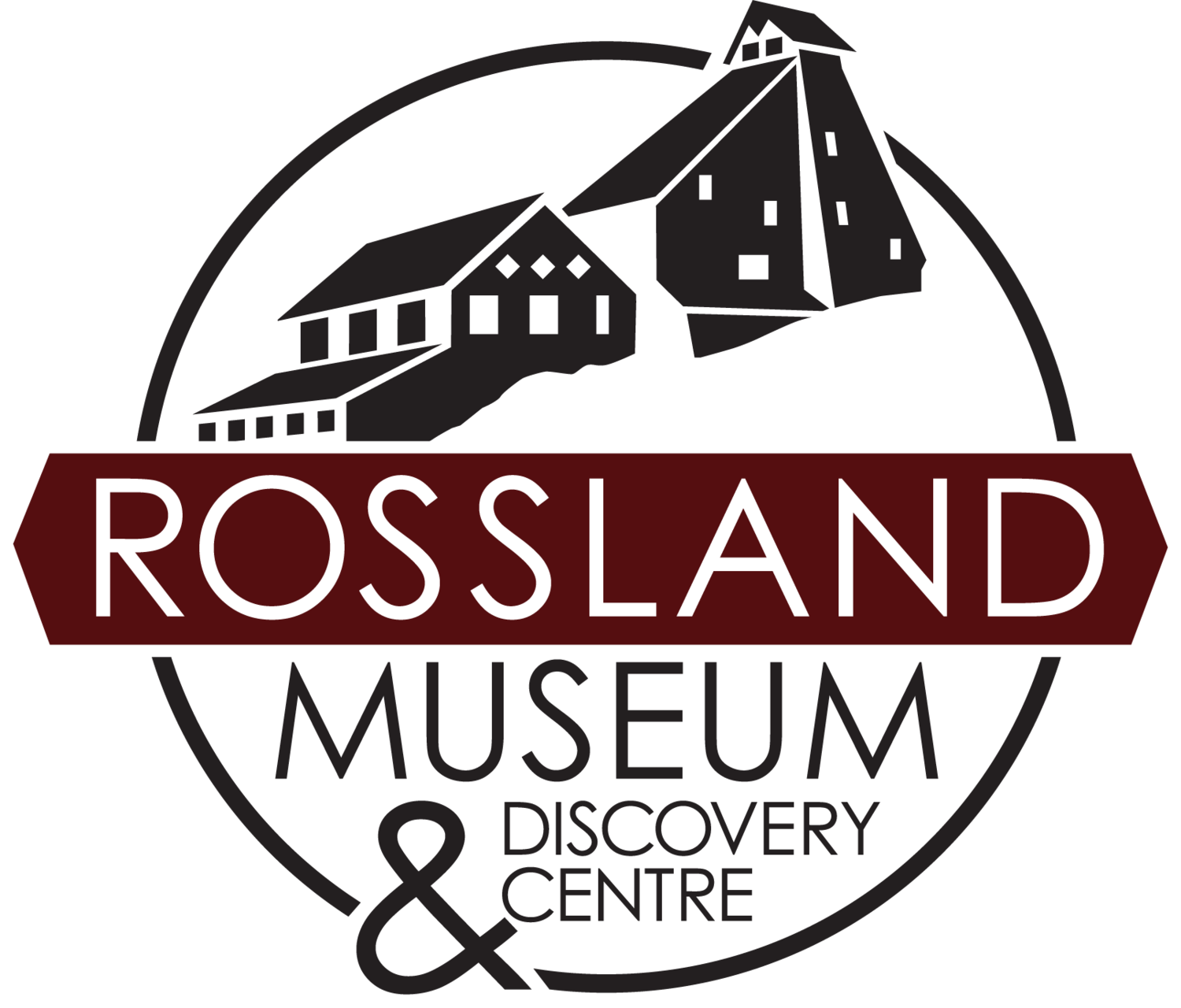
Established in 1955, the present museum was built on the site of the Black Bear adit of the Le Roi Mine in 1967 as a Canadian Centennial project. The museum and information centre are on the grounds of the old LeRoi Mine, many years defunct, and from 1967 to 2009 it offered guided tours of the mine and its workings. Due both to safety concerns and the desire to protect important bat habitat, the mine entrance has been closed, allowing entry only to its present denizens, a colony of bats.
Up the hill toward the mine site are a collection of outdoor displays, including this section of a 2 metre diameter Western Red Cedar which has been dendrochronologically dated to have begun its life in about 1601. This was the year in which Louis XIII of France and Anne of Austria, queen of Louis XIII of France, were born and the year in which Robert Devereux, 2nd Earl of Essex and longtime favourite of Queen Elizabeth I of England, rebelled against the queen. This was also 266 years before Canada became a sovereign nation and 175 years before the U.S. declared itself a nation.
Logged at Malde Creek, around 3 kilometres southeast of its present location, in 1974, the tree was donated to the museum by Russell Jones of
Jones Ties & Poles. The specific tree rings corresponding to a few notable years have been marked on the tree section's face.
Three of the markers refer to CMS, C.P.R and Le Roi.
CMS is the Consolidated Mining and Smelting Company, the
smelter in Trail, about 6 kilometres to the east, which smelted the gold, copper, silver and other metals which occurred in the ores of the Rossland mines. Later to become COMINCO, it is now known as Teck Resources.
C.P.R. is the Canadian Pacific Railroad, which was completed across Canada in 1885.
Le Roi is the long defunct gold and copper mine on which site the museum, and this tree section, stand.
Logging in the West Kootenays
The cedar log found on display in the museum’s upper bench is a reminder of the historical legacy of the logging industry in British Columbia. In the West Kootenays, logging came hand-in-hand with the mining camps, which began populating the area in the 1890s. Land needed to be cleared for mining operations and settlements, and timber was needed for infrastructure. As these settlements grew into prosperous boomtowns, even more logging was necessary for the building of railways that connected these places to the rest of the world.
From here, BC’s forestry industry - including the temperate forests of the West Kootenays - continued to grow. By 1917, BC cut the most timber annually of any other province, and by 1920, the province produced half of all of Canada’s timber. To this day, forestry remains an integral industry for the province of BC.
From The Rossland Museum